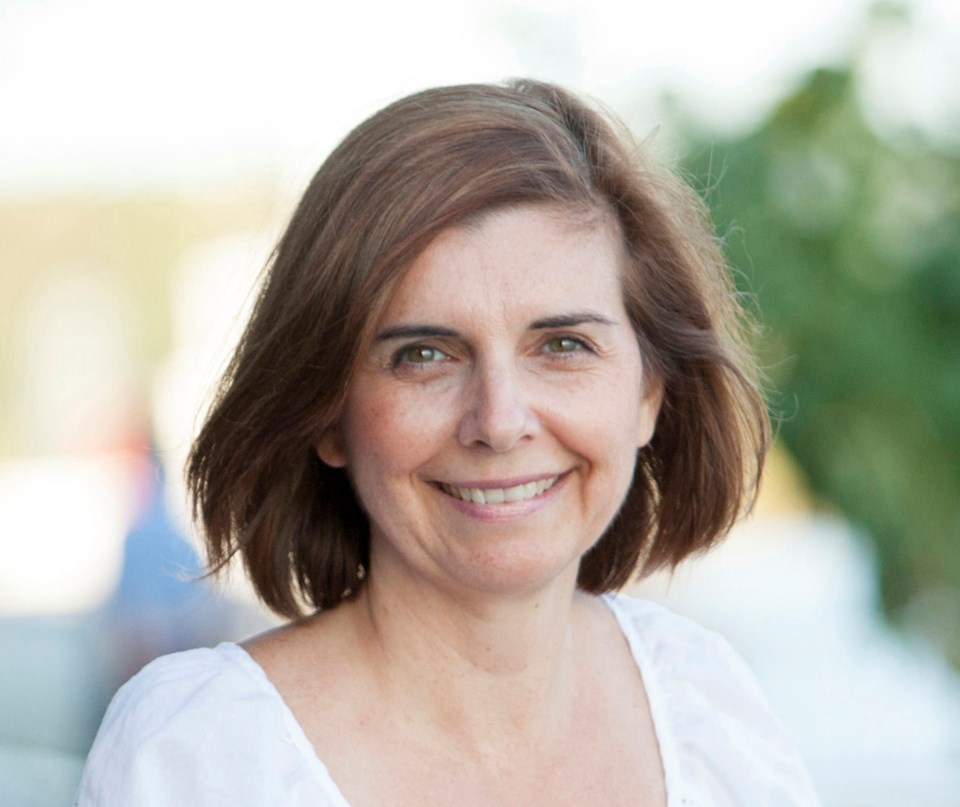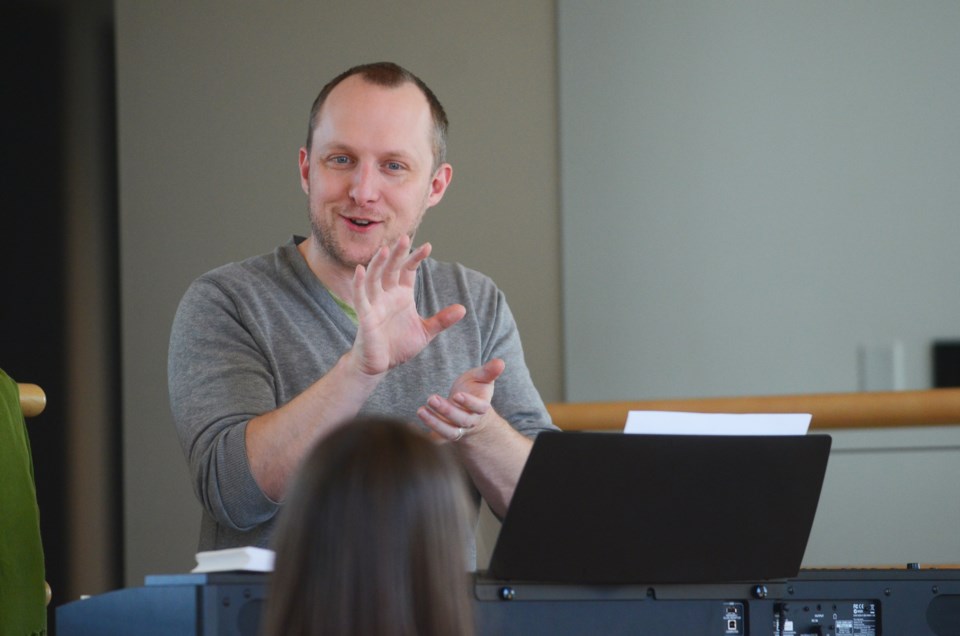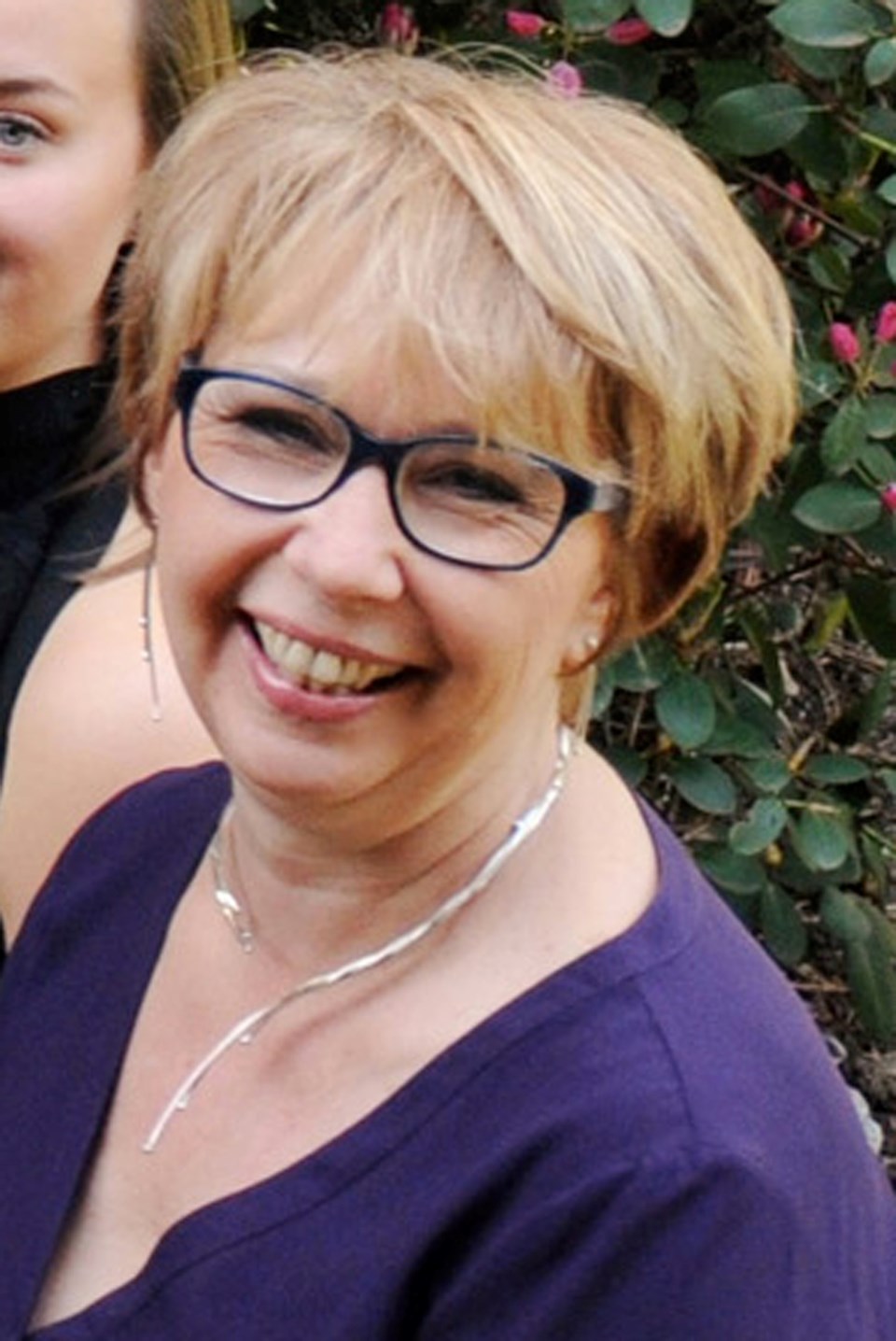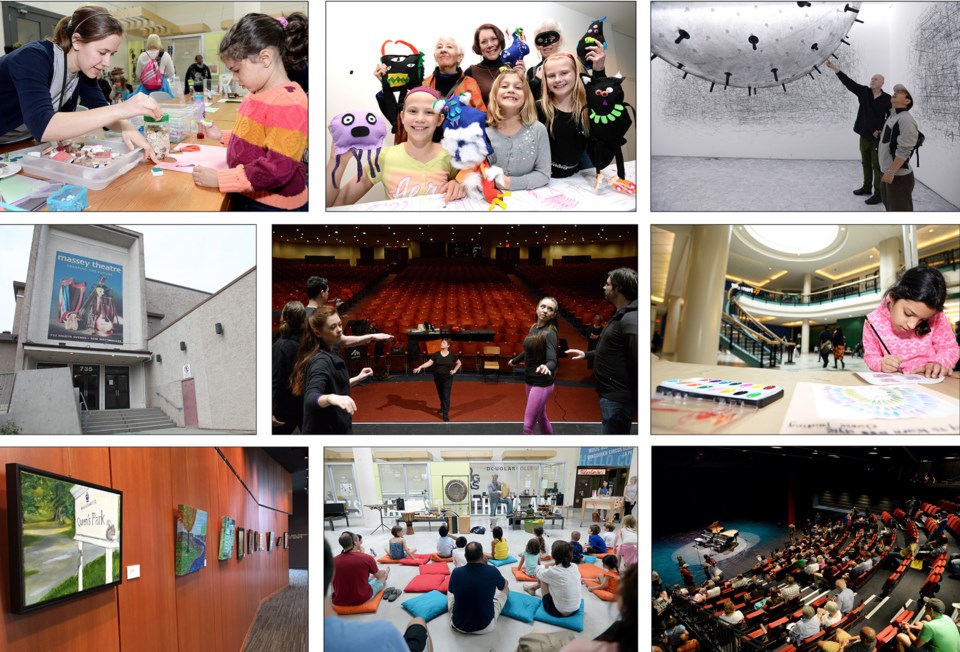“It’s not fully baked.”
With those four words, Coun. Mary Trentadue sums up her feelings about the city’s new draft arts strategy, which was unveiled during an April 26 event at Anvil Centre to a less-than-enthusiastic reception from the community members in attendance.
Our Arts Impact is a five-year strategy designed to help shape City of New Westminster arts policy from 2018 to 2023. The draft unveiled late last month was more than two years in the making, as the first phase of work on the strategy dates all the way back to March 2016.
But, after hearing from people and taking in the comments they left posted at the event, the takeaway message for Trentadue was simple.
“I don’t feel that we got it right,” she said, in an interview with the Record.

Trentadue chairs both the city’s arts commission and the task force that spearheaded the creation of the arts strategy.
“It’s been a long process,” she said, “and we’ve tried to be really diligent about capturing what the community wants and feels and hopes and desires.”
It was clear, she said, that the end product fell short of those efforts on a number of fronts.
WHAT DIDN’T WORK?
Peter Jorgensen and Katey Wright, the co-artistic producers of the New West-based Patrick Street Productions, were among those who found themselves less than enamoured of the new document.
The document’s creation was driven by a task force representing a range of people from the city’s arts community and drafted with the services of an outside facilitator.

Jorgensen and Wright say the document failed to present its findings in clear, specific, plain language - relying instead on what Wright termed “policyspeak.”
“It’s full of … the word people tend to use is ‘gobbledygook,’” Jorgensen said.
He said it seems like the arts strategy focuses more on the need for the city, through its staff, to drive the arts and arts programming in the city, rather than supporting the already existing arts community.
Another point of contention for Wright was the fact that, in her mind, the draft strategy approaches the arts from the philosophical standpoint of what the arts can do for the city - and not the reverse.
“There’s very little mention of what can be done to support and strengthen and build capacity for the arts,” Wright said.
Jorgensen agreed.
“It just doesn’t feel like the arts and artists are at the heart and soul of the strategy,” he said.

The same criticism rang true for Julian Legere, a theatre artist who lives and works in New Westminster. He said the central focus of the arts strategy seems to be using the arts to support business and economic development, rather than looking at how the city can support its arts community.
“There’s lots of really great organizations that do really fantastic work in New Westminster,” he said. “It really is a thriving community. It would be nice to see that acknowledged.”
Tied in to that, Legere also said he would have liked to see the arts strategy be more unique to New Westminster.
“It felt very generic, and not specific to New West,” he said.
Jorgensen agreed, saying the final product seemed removed from the community and made little mention of local arts organizations – despite the plethora of such groups in the city.
“There’s nothing about this arts strategy that is uniquely New Westminster,” he said.
Trentadue said all those criticisms are “absolutely fair.”
“The thing about New Westminster is, we have a really involved and committed and passionate arts community,” she said, adding the draft arts strategy fails to reflect that fact. “Somewhere along the line, we lost some of the things we really should have had.”
A TWO-WAY STREET
For the artists, it seemed that true communication was missing from the process.
Though they lauded the city’s efforts to get feedback from the arts community - through roundtable discussions and surveys that began back in September 2016 - they say relatively little of that feedback turned into genuine two-way dialogue.
“The consultations and the outreach they did to gather the information was really strong,” Jorgensen said. “It’s this back end of the process where they’ve shut down dialogue. … I think they’ve just missed a real big step.”
Wright, who also sits on the city’s arts commission, was troubled by the speed with which the document proceeded when it came to the commission. After a presentation about the arts strategy, she said, “It became clear that what they wanted was a rubber stamp.”
At the commission meeting when the arts strategy was present, Wright abstained from the vote to send it forward to council, but the vote passed.
Trentadue agreed the rapid pace may have worked against the document.
“Staff has tried to move it along maybe faster than it should have been,” she said, but added that a spring deadline was not enough reason to accept a less-than-ideal document.
Given the reaction, Trentadue said she plans to bring the arts strategy back to the arts commission and the arts strategy task force in the hopes that the two groups can come up with ways to make it right.
“There’s lots of really great knowledge on the arts commission,” she said, adding there will also be room for public input. “I’m going to rely on the community to help with that.”
The draft strategy will also be coming to city council later this month, but Trentadue stressed that will be for a workshop meeting, where councillors will be able to delve more deeply into the ins and outs of the document. Members of the public will be able to attend that meeting, although they won’t be able to interact with council at that point.
Trentadue said she’s committed to making sure the end product is right – even if it means missing the original timelines.
“It’s a big document. It’s a really important document,” Trentadue said. “I don’t want to be rushing and have it be done just because it needs to be done.”
That promise reassures Legere.
“We’re really excited to see some change to the strategy,” he said, adding that artists are willing to be involved in that change. “We’re really eager to share our expertise.”
Legere said the fact the city is focusing on the arts with an official strategy is, unto itself, a positive step.
“I love the idea of having something in writing saying the city is committed to supporting the arts,” he said. “I think it is a really powerful and exciting thing for the city to do.”
LOOKING TO THE FUTURE
Ready and waiting to help the city move forward is the Arts Council of New Westminster.
Leanne Ewen, president of the arts council board, acknowledged there have been some “bumps in the road” with this arts strategy but pointed to the fact the city is willing to go back to the drawing board.

“I think that’s an excellent response from the city,” she said. “We’ll support the city in whatever needs to be done. I’m happy the city is taking another look at it.”
She envisions having more sit-downs and discussions with artists and arts groups to find out what went wrong and, more importantly, how it can be fixed moving forward.
“I’m hoping to bring people together in a positive way,” she said.
For Ewen, like Legere, the very existence of an arts strategy is a positive sign.
She says the current New Westminster city government is highly supportive of the arts, and this is an exciting time for the arts in the city.
Ewen says she draws inspiration for her work in the arts from her career as a classroom teacher, where she has focused mainly on working with young children aged five to eight.
“Those are the kids that sing and dance and draw; that is how they live their life. The arts are not optional to them; the arts are essential,” she said.
The question for her is how to make that true for the city as a whole.
“You have to have a will and a focus on the arts to make the arts essential,” she says. “You have to know where you’re going to know how you’re going to get there.”
Trentadue acknowledged she doesn’t have all the answers – yet – but stressed she’s focused on making the city’s arts strategy right before council commits to it.
“I hope that people will believe it,” she said. “I know that people don’t always believe what politicians say, but I do really mean it.”



